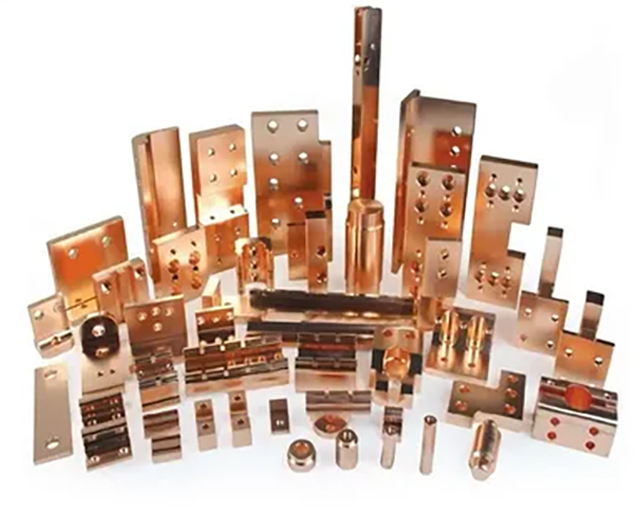2025-10-11 13:44:16
A busbar is a critical component in electrical systems used to collect, distribute, and transmit electricity efficiently. It is a metallic strip or bar made from conductive materials such as copper or aluminum. Understanding what is an electrical bus bar and how it functions is essential for designing safe and reliable power distribution systems.

A busbar is essentially a centralized conductor that connects multiple circuits or devices, allowing for efficient power flow. It is widely used in industrial, commercial, and renewable energy applications. Busbar definition refers to its role as a high-capacity, low-resistance path for electric current.
Current Collection: A busbar gathers electricity from multiple sources, such as generators or battery packs.
Current Distribution: It distributes electricity evenly to multiple loads or devices.
Reduced Energy Loss: Compared to multiple parallel wires, using a busbar minimizes resistance and improves system efficiency.
High Current Capacity: Busbars can safely carry large currents without excessive heating, making them ideal for heavy-duty electrical systems.
Copper Busbar
High conductivity and low resistance.
Often used in high-efficiency electrical panels and battery systems.
Lightweight and cost-effective.
Suitable for large-scale power distribution systems.
Braided or laminated designs that allow flexibility.
Useful in areas with vibration or thermal expansion.
Insulated Busbars
Coated for electrical insulation.
Enhances safety by preventing short circuits and accidental contact.
Industrial Distribution Panels: Electrical bus bars connect multiple circuits within switchgear or control cabinets.
Battery Systems: In EVs or renewable energy storage, busbars distribute power between battery modules (Battery Bus Bar).
Power Plants and Substations: Facilitate high-current transmission safely.
UPS and Electrical Equipment: Maintain stable and reliable power delivery.
High Conductivity: Reduces energy loss and increases efficiency.
Compact Design: Simplifies wiring compared to multiple cables.
Ease of Maintenance: Easy inspection and replacement in complex systems.
Safety and Reliability: Can carry high current safely, minimizing overheating risk.
Ensure flexible busbar or copper busbar connections are tight to reduce resistance.
Use insulated busbars where accidental contact is possible.
Follow manufacturer guidelines for spacing, mounting, and grounding.
In electrical systems, a busbar serves as the backbone for safe and efficient power distribution. Whether using copper busbar, Aluminum Busbar, or flexible busbar, proper selection, installation, and maintenance ensure reliable electricity delivery. Understanding what is an electrical bus bar and applying the correct type improves system efficiency, safety, and longevity.